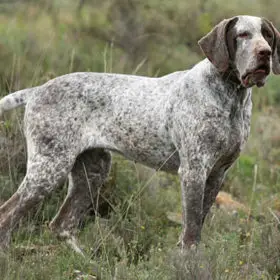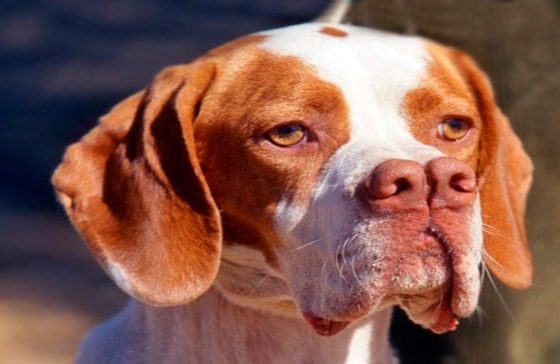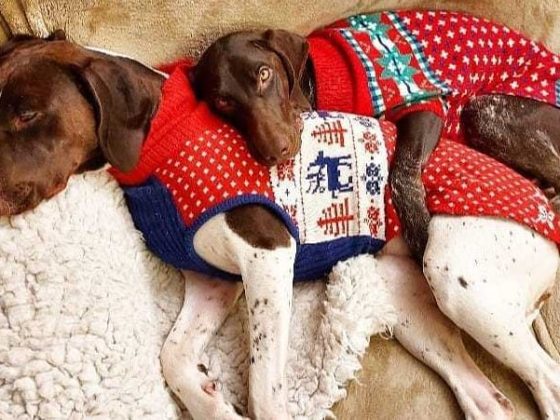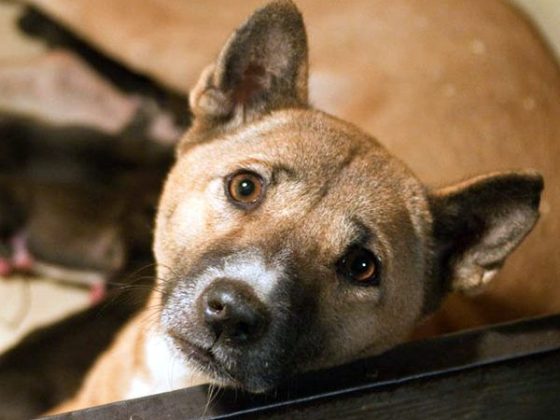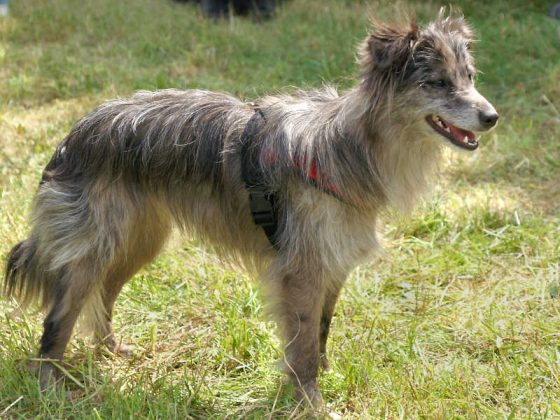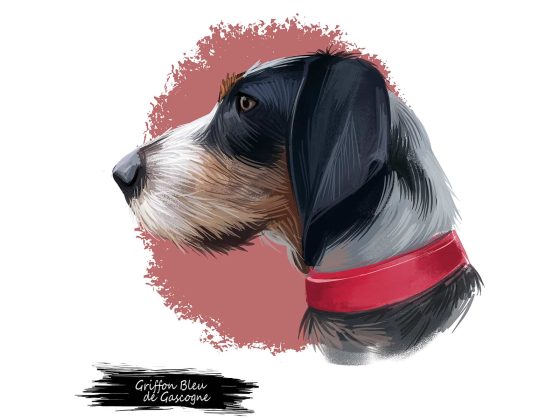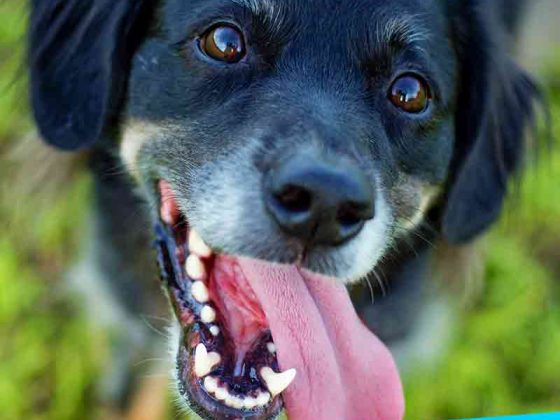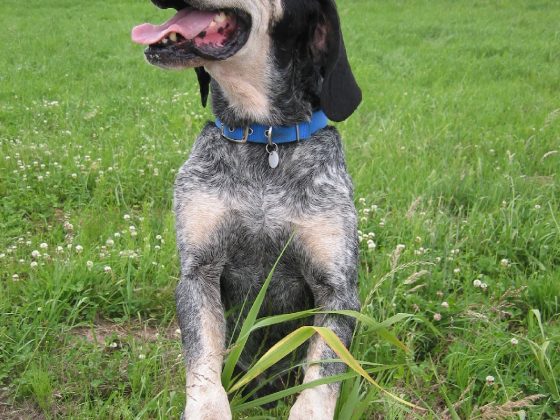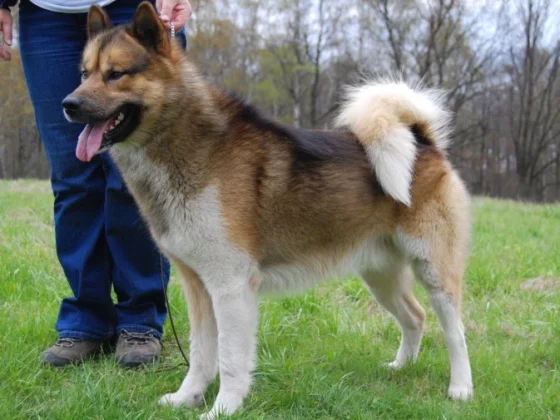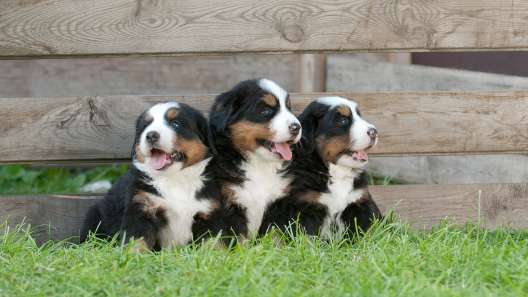The Spanish Pointer, an average-sized breed, is also commonly known in Spain as the Burgos Pointer, Burgalese Pointer, and Perdiguero de Burgos. This breed was originally developed for hunting purposes, aiding in the capture of small birds and game. Today, these dogs are cherished family pets and make excellent companions for active individuals.
Their coat is smooth and short, with a slightly bushy appearance. The breed comes in two color variations: a brown coat with white spots and one with brown and darker brown markings. The modern versions of the breed are taller than their ancestors, the Old Spanish Pointers, and continue to be favored for hunting.
Origin and History
The Spanish Pointer’s roots trace back to the 1500s in Spain. The breed is believed to be a blend of the Pachon Navarra and the Sabueso Espanol, both bred for hunting. Furthermore, they have contributed to the development of other large pointer breeds. The breed’s forefathers, the Old Spanish Pointers, were first mentioned by a Roman author in the first century.
After many centuries, Muslim conquerors found these dogs extremely useful. The Old Spanish Pointer, however, became extinct in the 20th century following the Spanish civil war. Despite this, the modern-day Spanish Pointer continues to exist and remains a cherished pet for many owners.
Temperament, Behavior, and Personality
Temperament: Spanish Pointers are typically gentle, serene, and quiet. As hunting dogs, they signal the location of the target instead of barking, simplifying the task for their handlers. They remain silent unless there is a need to alert their owners about an approaching stranger or intruder. They are also active dogs requiring spacious living conditions for proper exercise and training.
Behavior: This breed is active and requires sufficient daily exercise. Adequate playtime and socialization are also crucial for them to exhibit good behavior. While some may associate hunting dogs with aggression, this is not the case with the Spanish Pointer, which is quite manageable. With proper guidance, they can adapt to indoor living, although a larger space is always preferable.
Personality: Spanish Pointers are intelligent, diligent, and affectionate, making them excellent family companions. They are protective of their family and other pets in the household.
Trainability
Training a Spanish Pointer requires an experienced handler, which can make the process easier for both the dog and the handler. These dogs are inquisitive and eager to please their handlers, which often leads to extra effort during training sessions. They grasp new commands quickly, making training a relatively smooth process. Positive reinforcement and praising them at the end of each session is recommended.
Is the Spanish Pointer Child-Friendly?
Spanish Pointers are calm, quiet, and patient breeds that get along well with children and other animals. However, it’s essential to socialize them properly before allowing them to interact with children. Supervision during playtime is crucial, especially with toddlers who might unintentionally provoke the dog. It’s important to teach children how to treat the dog respectfully to prevent any unintentional harm.
Facts
– The Old Spanish Pointer is considered an ancestor of the modern Spanish Pointer.
– The modern Spanish Pointer was preserved through the breeding efforts of Geardo Sardonil and Manuel Izquierdo.
Health Issues
Cherry Eye: This common canine condition occurs when a tear gland inflames the third eyelid. While typically not painful, it can cause itchiness, which can worsen if the dog rubs its eyes. A vet consultation is advised before applying any eye medication.
Hip Dysplasia: This painful condition occurs when the hip bone is displaced from its original position, causing difficulty in movement. Symptoms can include limping and uneven leg length.
Colors
– Brown
– White and tan
– White and liver
Size
Height: Female Spanish Pointers typically stand between 23 and 25 inches tall, while males range from 24 to 26 inches.
Weight: The average weight of a Spanish Pointer is between 55 and 66 lbs.


